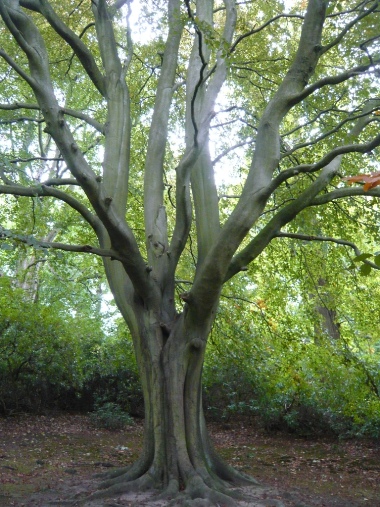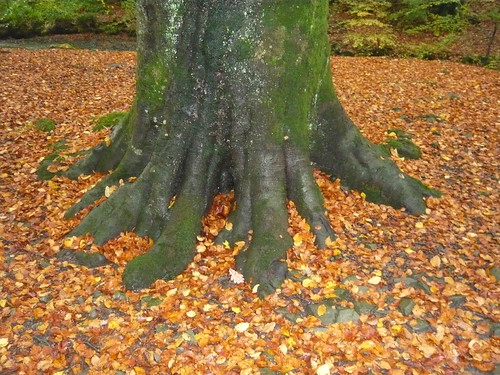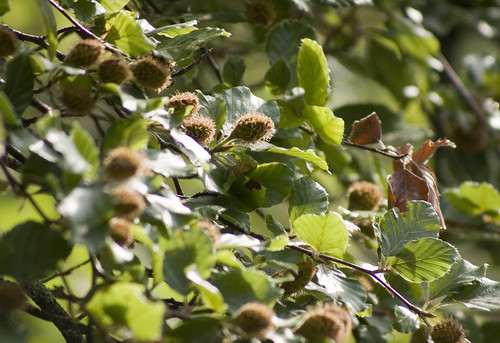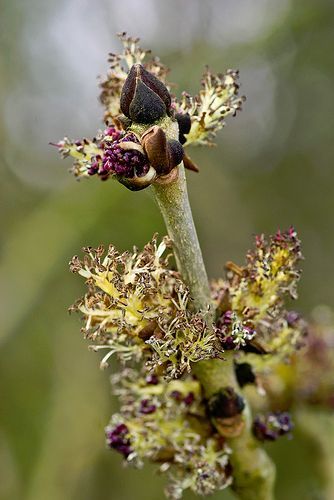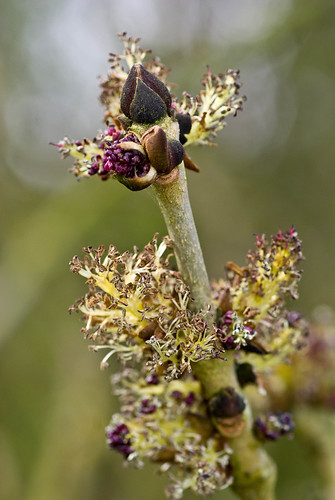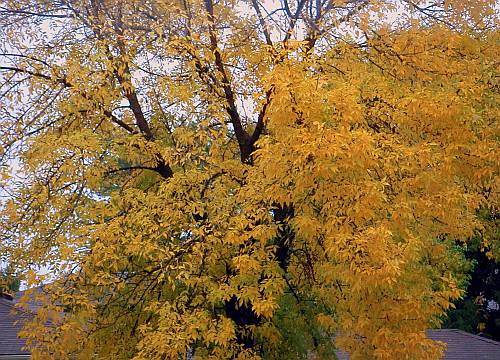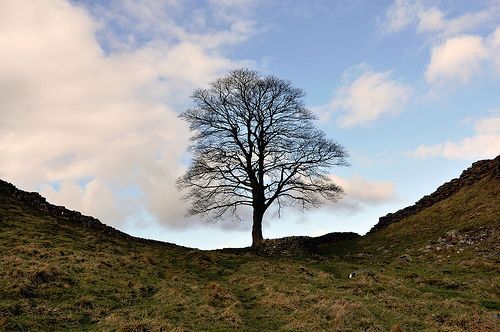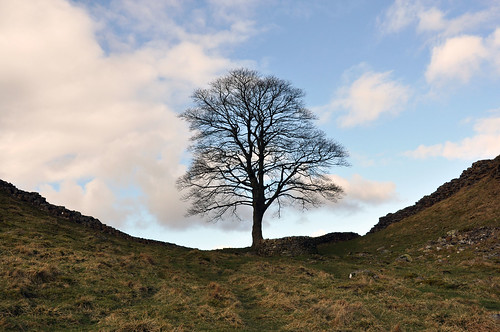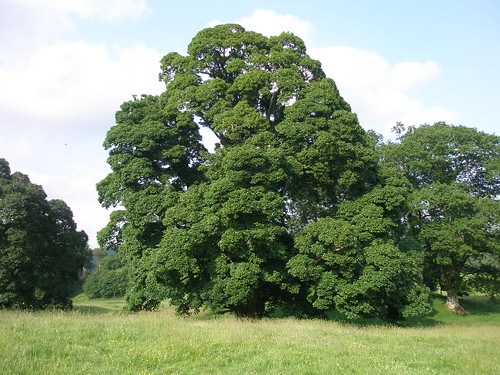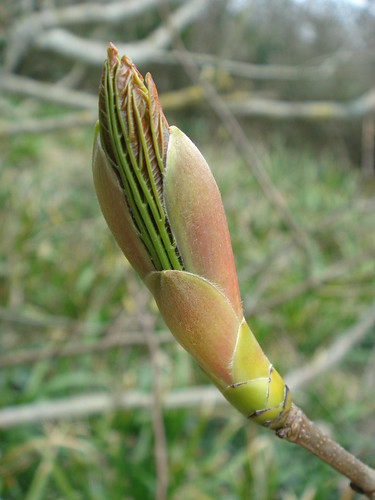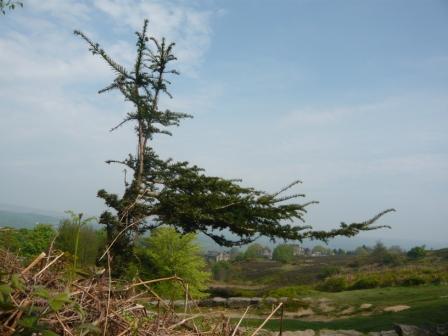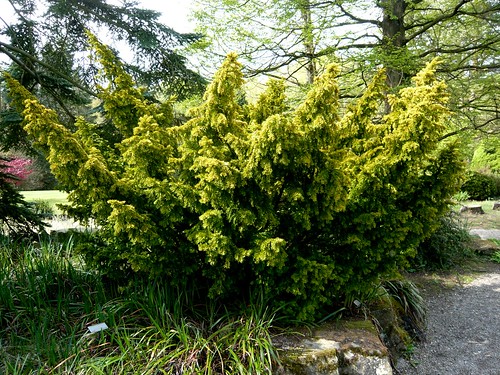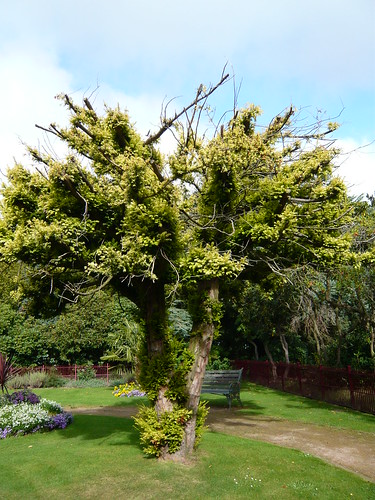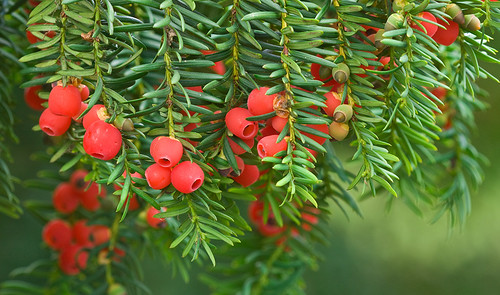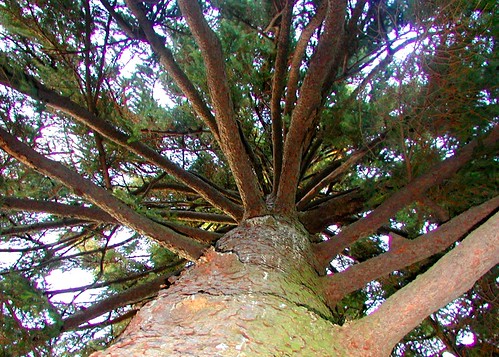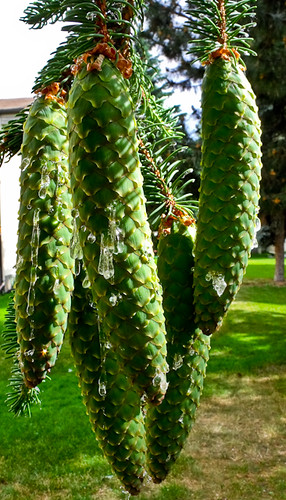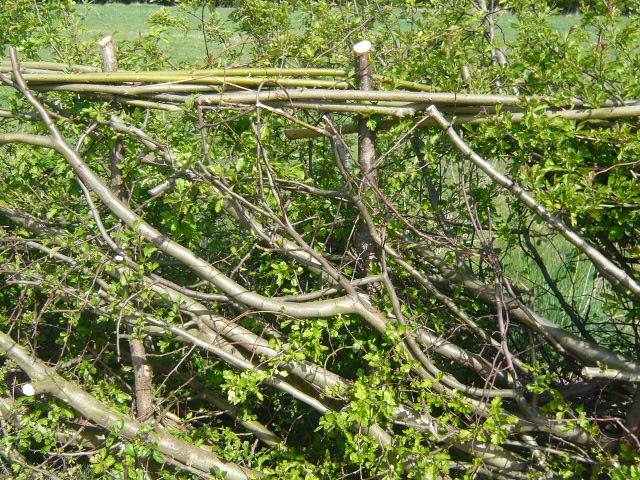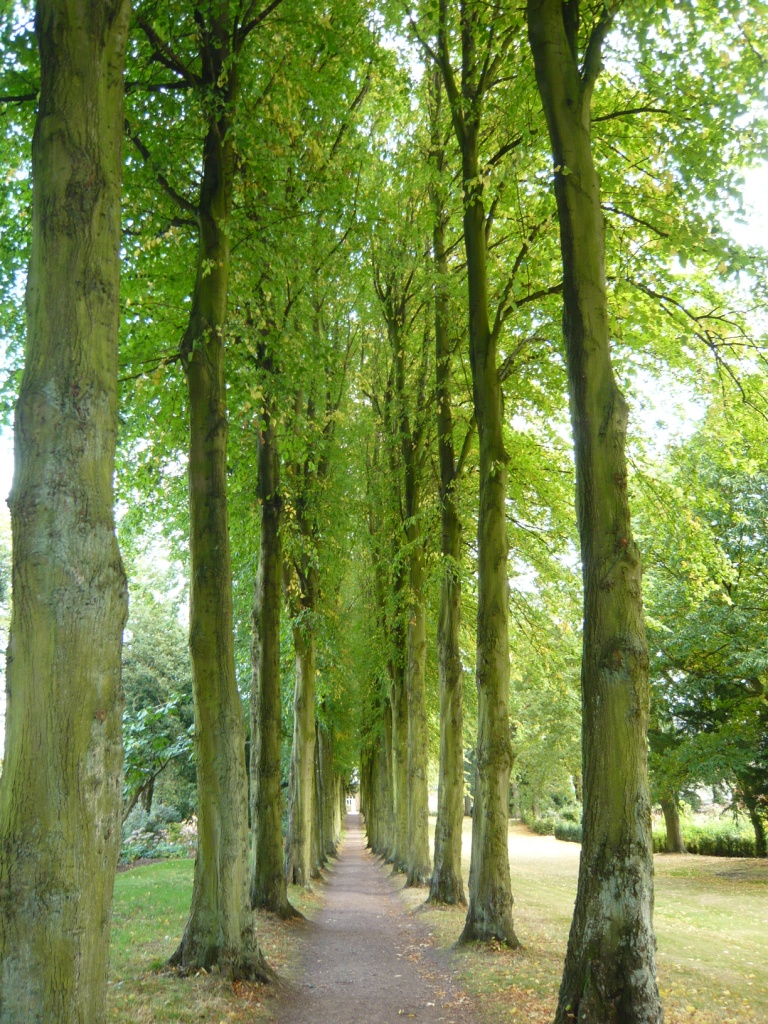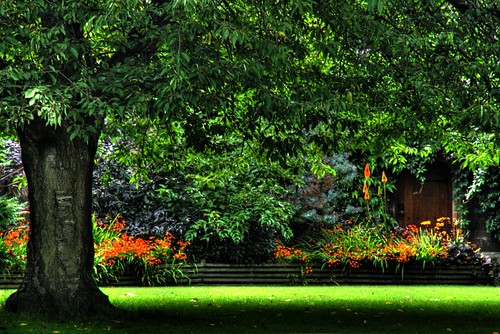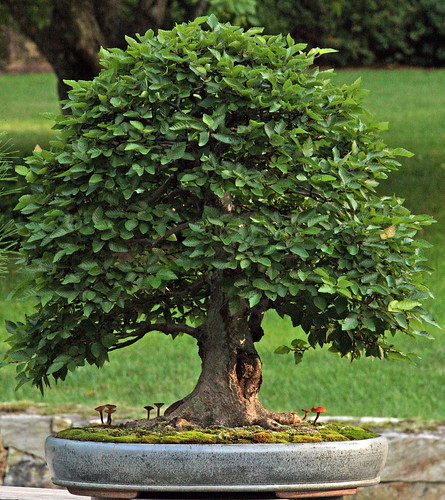Silver Birch – 8 Species Review
Silver Birch look the part on a cold and frosty morning. The white or silvery trunk looks good singly or when grouped together.
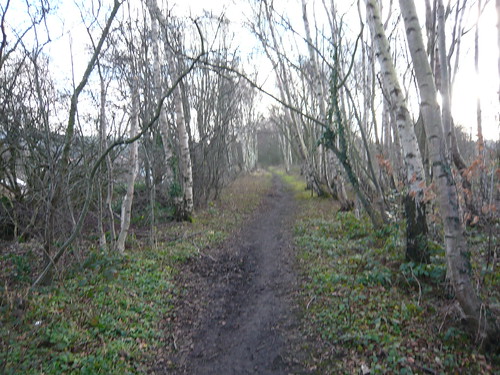
Key Features of the Silver Birch
- Latin name Betula pendula other common names Curly birch, Paper Birch, Weeping Birch or Ribbon Tree
- Height up to 100 feet 30m narrow spread.
- Type of tree – Deciduous broad leaf
- Leaves – Green and triangular shaped with toothed edges.
- Flowers Male and female catkins borne on the same tree.
Male are yellow and drooping female green and upright, later pendulous when fertilised. - Fruit Winged seeds borne in catkins
- Bark Silver white with black fissures.
- Family Betulacea
Origins and Distribution of the Silver Birch
- European origin found throughout Europe, western and northern Asia.
- Seeds prolifically and is found in Canada, Scandinavia, Turkey and widely spread as a specimen ornamental.
Uses and Commercial Attributes of the Silver Birch
- Used for making barrels and furniture. The wood is too soft for use in construction
- The fine twiggy branches are used for brooms and besoms as well as racecourse jumps.
- Used as an ornamental tree in parks and gardens.
- Silver birch is popular in Finland where it is the national tree used in forestry and as branches to beat yourself in the sauna.
- Â Historically the paper like bark was used in ancient times for writing Sanskrit texts and it is still used today for sacred mantras.
Gardeners Tips for the Silver Birch
- Silver Birch grow in a cool climate and enjoy an occasional winter snowfall.
- They are fast growing, shallow rooted that may require water during dry periods.
- They grow best and show most colour in full sun planted in deep, well-drained soil..
- Trees are short lived and rot from damage so dislike pruning.
- They are often planted amongst leafy rhododendrons and conifers where the white bark is particularly striking.
- The deciduous foliage turns yellow in autumn.
